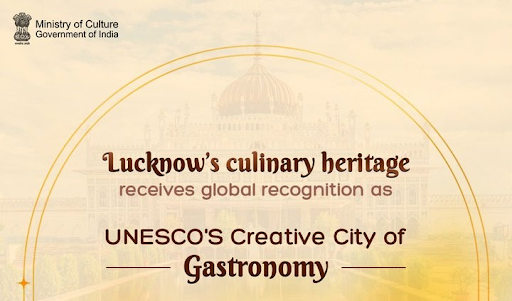Description

Source: Hindu
Disclaimer: Copyright infringement not intended.
Context
Thanjavur in Tamil Nadu is famed for being the hub of making veena, an ancient musical instrument.
Details
- Considered to be an abode of the arts, the temple town is famed as the land where the veena is handcrafted, with several artisans and their families involved in perfecting the instrument generation after generation.
- The Thanjavur veena is the first musical instrument in the country to get the Geographical Indication (GI) tag.
About Veena
- The Veena is one of the oldest and most revered musical instruments in India, deeply rooted in Indian classical music and mythology.
- The Veena is believed to have originated over 3,000 years ago, with references found in ancient Indian texts like the Rigveda and the Natya Shastra.
- The instrument has undergone significant changes in structure and design over the centuries, leading to the development of various types of Veenas.
Types of Veena
- There are four popular types of veena.
- While Rudra veena and Vichitra veena are popular in Hindustani classical music, Saraswati veena and Chitra veena are used in Carnatic classical music.
|
Name
|
Features
|
|
Rudra Veena
|
●Also known as Gotuvadyam
●It is the ancient version of Veena, used in South India
●Sound: Deep, resonating sound suitable for Dhrupad music
●Structure: Long neck with large resonators made of wood or gourd
|
|
Saraswati Veena
|
●Named after Goddess Saraswati, this is the most popular type of Veena, especially in Carnatic music.
●Structure: It has a pear-shaped wooden body with a large resonator at one end and a tapering neck with frets.
|
|
Vichitra Veena
|
●A modern, fretless version of the Veena, known for its smooth, gliding notes.
●Structure: It has a flat, rectangular body with no frets, and is played with a slide.
|
|
Chitra Veena
|
●Played in the South of India
●Fast, intricate melodies.
●Features a bridge which is arched for its strings to be uniquely placed.
|
|
Other types
|
These include Been, Yaktaro, Harp veena.
|
How Veena is made
- The work involves making the resonator ( kudam), the neck ( dandi) and a tuning box — the three integral parts of a veena.
- In the case of ottuveena, the parts are made separately and assembled. In the case of ekantha veena, it gets carved out of one whole piece of wood.
- Traditionally, the Veena was crafted from a single piece of wood, usually from the jackfruit tree, since it has been considered very resonant and hence durable.
- Modern Veenas may use teak, rosewood, or synthetic materials like fiberglass.
- The craftsman starts by carving the body, neck, and head of the Veena, taking care to carve them to the proper thickness and curvature to achieve the best possible sound quality.
- Approximately 24 frets are fitted onto the neck, which help in producing varied pitches.
- Main strings-seven in number-and drone strings-three in number-are fitted on to the Veena.
- Main strings are plucked, while drone strings produce a continuous harmonic resonance.
- The strings are retained from the bridge, and tuning pegs are fitted to that for tuning pitch.
- Generally, Veena is decorated by wood carvings and inlays with precious stones like pearls and rubies.
- Along with that, it is beautified with this process, and that is normally known as "Sitar Banai."
- Lastly, the instrument is varnished and all the parts fitted tightly to get the best sound.
Famous Veena Musicians Of India
- Emani Sankara Sastry (Rudra Veena).
- Balachander (Saraswati Veena).
- R. Mahalingam (Been Veena).
- Jayanthi Kumaresh (Saraswati Veena).
- M. Balamuralikrishna (Saraswati Veena).
- Subramaniam.
Must Read Articles:
GI TAG
Sources:
Hindu

|
PRACTICE QUESTION
Q: Consider the following statements regarding Veena:
- Saraswati veena and Chitra veena are used in Carnatic classical music.
- The Mohan veena is the first musical instrument in the country to get the Geographical Indication (GI) tag.
Which of the above statements is/are correct?
a) 1 only
b) 2 only
c) both 1 and 2
d) neither 1 nor 2
Answer: a)
Explanation:
1st statement is correct: While Rudra veena and Vichitra veena are popular in Hindustani classical music, Saraswati veena and Chitra veena are used in Carnatic classical music.
2nd statement is incorrect: The Thanjavur veena is the first musical instrument in the country to get the Geographical Indication (GI) tag.
|















